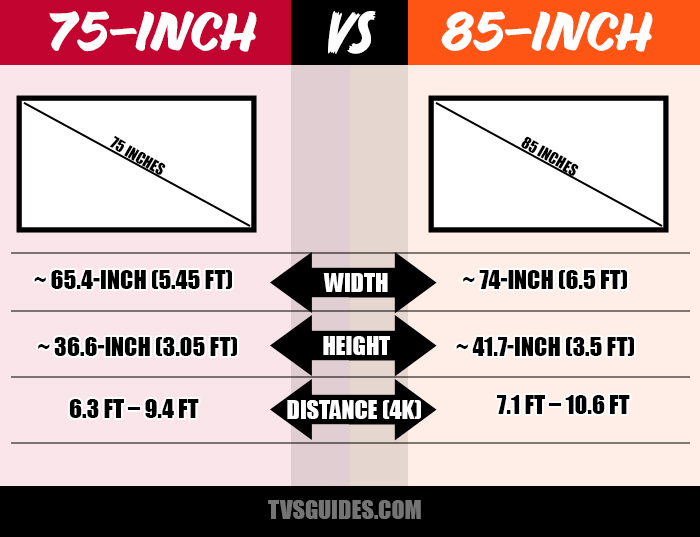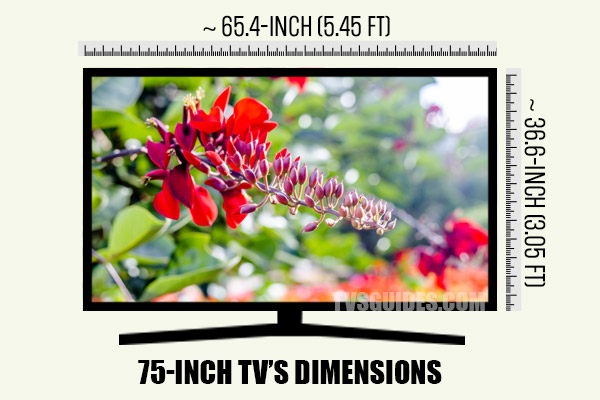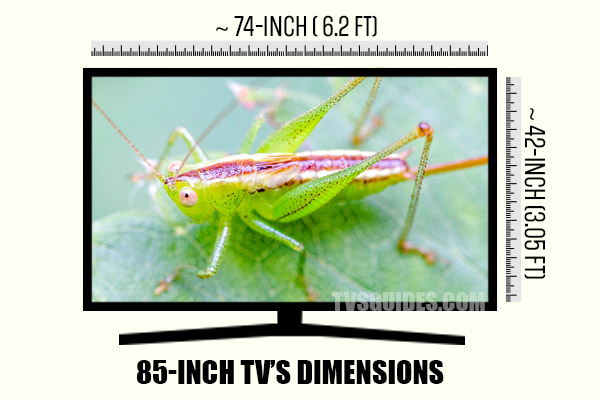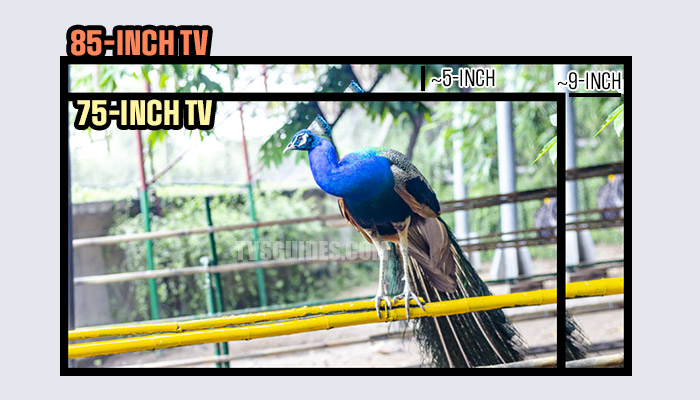If you are finally ready to upgrade that TV set, you will be happy to know that new TV models keep entering the market and that each time they get bigger and better. Given that most of us had to spend many hours at home in 2020, it is understandable that we feel acquiring a better TV set is important.
Industry experts claim that the average person replaces their TV after every seven to eight years. How long has it been since you got your current TV?
One of the greatest ways of improving your TV experience is by getting a bigger set with more advanced features. If your current TV is a 40-inch, then a 75-inch or an 80-inch screen will blow your mind. Did you know that a 60-inch TV has 225% more screen space as compared to a 40-inch? If you think that is impressive, imagine how big a 75-inch screen or 85-inch screen will be.
Thanks to modern technology, large screen TVs will occupy less space than you think since they are incredibly thin and light. In fact, you can just hang modern TV screens on your wall like a piece of art. Hanging the large screen will not only create more space around the room but will also give your home a modern, decorative edge.

So, which screen size do you go for? The 75-inch TV or the 85-inch TV. Here is a breakdown of the comparison between the two types of screens:
75-inch TV
Some of the features of the screen include:
Size
A 75-inch TV set is about 65.4 inches (5.45 feet) wide, 36.6 inches (3.05 feet) in height, and an area of about 2,407 square inches (1.555 square meters). From the description, you can already tell that the TV is large, so ensure that you have the perfect spot in your room where it can fit with ease.
Dimensions

The dimensions of a 75-inch TV are about 65 inches x 36 inches x 2.4 inches.
Distance
When going for large TV screens like this one, it is good to note that the bigger the screen, the closer it should be to the eye. Since most 75 inch TVs sold today have a 4K or Ultra HD resolution, they should be watched at a closer distance. The 75-inch TV should be between 6.3 feet (~1.9 meters) and 9.4 feet (~ 2.9 meters) from your couch. This will ensure that you can experience and enjoy the high resolution of the screen.
Advice
It is important that you place the TV screen within the above-specified distance ranges from your couch because the distance will increase the density of the pixels, which will in turn produce better images.
85-inch TV
Specific features of an 85-inch TV include:
Size
The width of the TV is about 74.1 inches long (~ 6.2 feet) with a height of around 41.7 inches (~ 3.5 feet) and an area of 3,090 square inches (1.993 square meters). This is among the largest TV screen sizes in the market. In fact, the 85-inch TV will look greater in a spacious room than in a tiny room because it stands out as an accent piece.
Dimensions
The dimensions of an 85-inch TV are 74 inches x 42 inches x 2.8 inches.

Distance
As stated earlier, the bigger the screen is, the closer it should be. The recommended usage distance of the 85-inch TV set is around 11.6 inches (3.52 meters). If you are planning to use the TV screen in a cinema environment, the best distance is around 7.1 feet (~ 2.2 meters) to 10.6 feet (3.3 meters). These large distance requirements are the reason why an 85-inch TV is suitable in large areas. If your room is small, you will not enjoy the full quality of the screen’s resolution.
Advice
The majority of 85-inch TVs have 4K resolution, meaning that the pixels have a large density. At the recommended distance, your eyes will not distinguish all imperfections of the pixels. Set the TV screen at an angle of about 30 degrees from your couch to ensure that you can view images better from your couch.
Suggestion

Whether you intend to buy the 75-inch screen or the 85-inch screen, ensure that you first measure the TV viewing distance of your home. You can use an online TV size calculator to measure the distance and know the screen that best suits you. The visual system of a human being has an angle view of 135 degrees horizontally. This is why watching a TV screen while too close can produce a nauseating effect.
This is a great article…explains things very well